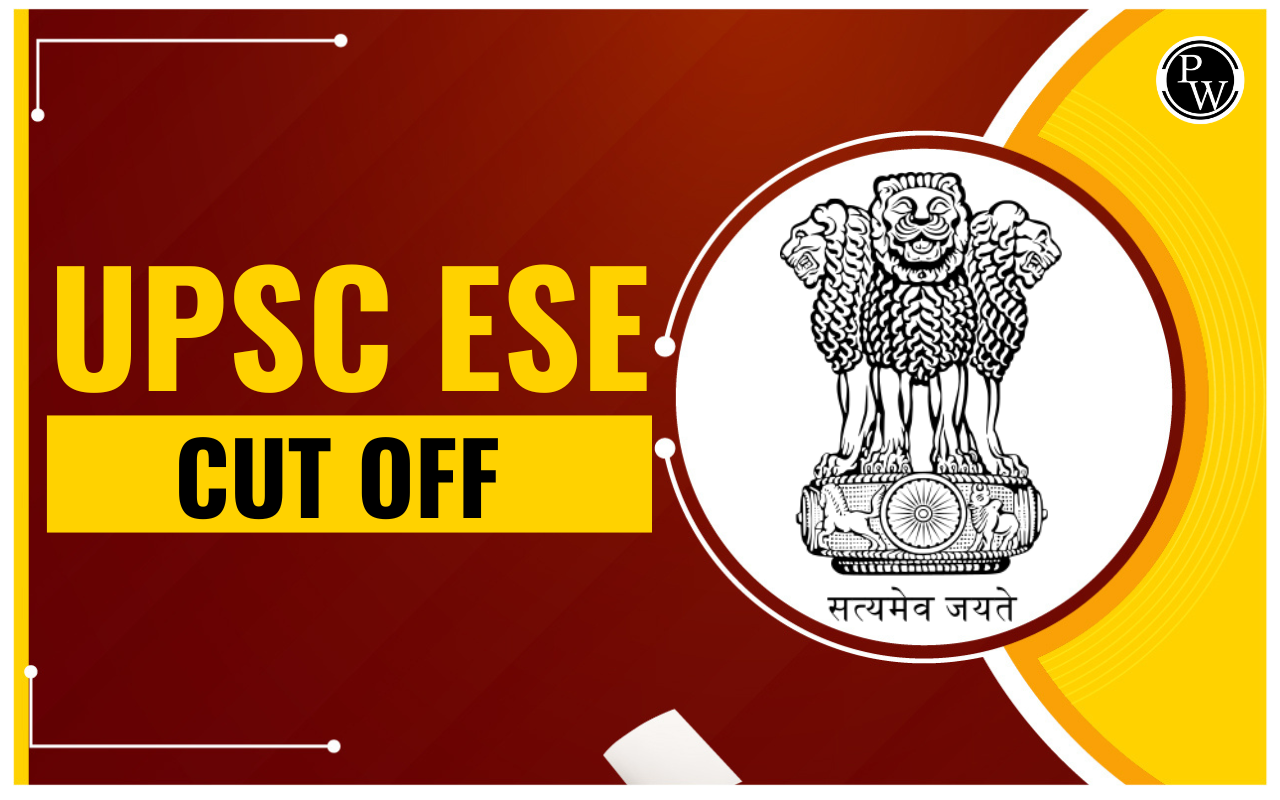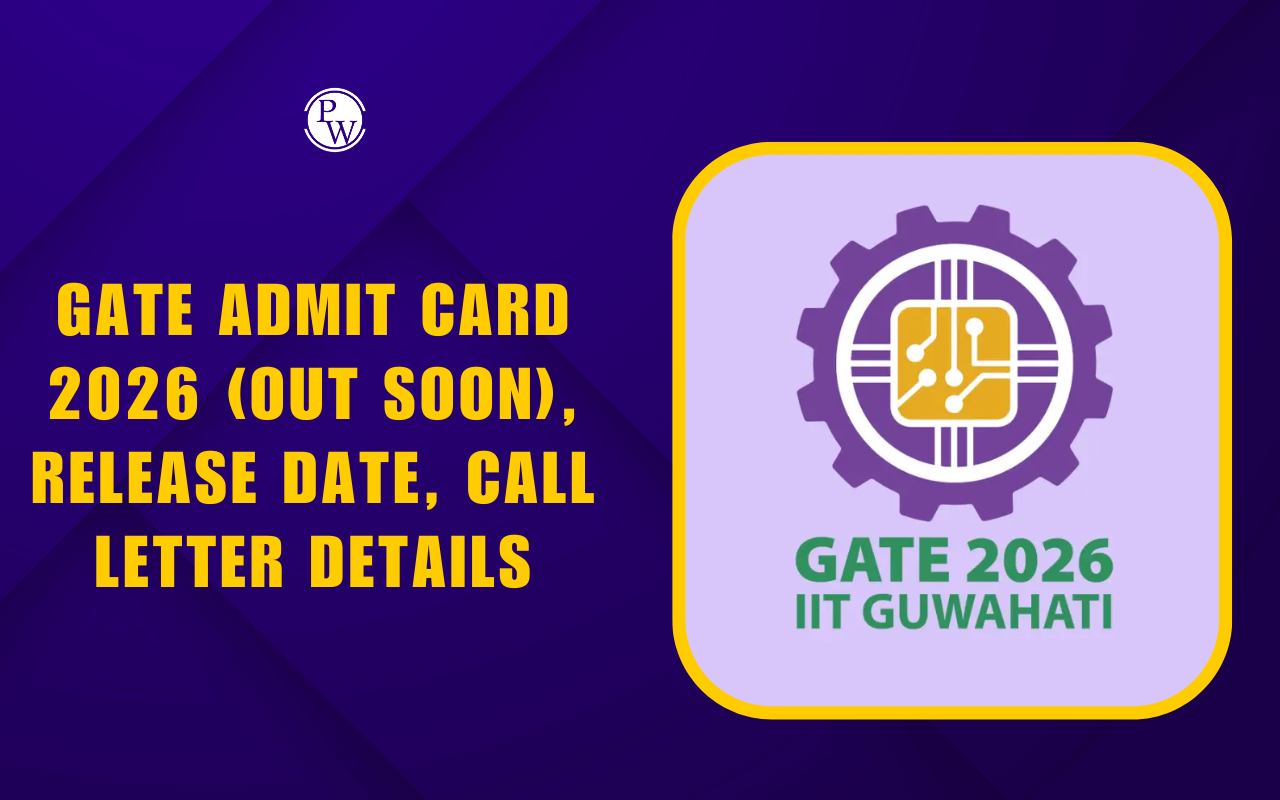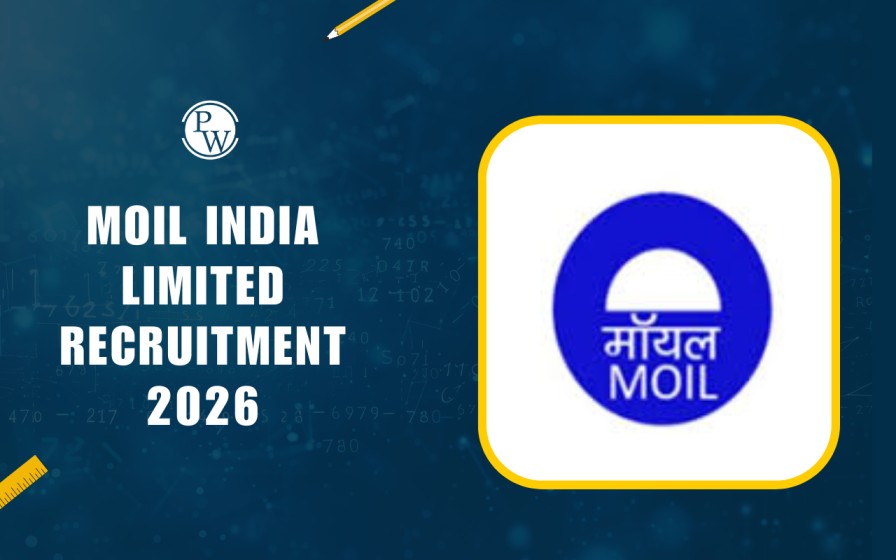
JVM Full Form: JVM, or Java Virtual Machine, is the runtime framework for Java programs and code. It functions as a virtual machine, translating Java bytecode into machine language. It can also run applications written in various languages that have been compiled into Java bytecode. Because the JVM operates solely in the digital domain and has no physical reality, the phrase "virtual machine" is used to denote it.
What is the Full Form of JVM?
The full form of JVM is Java Virtual Machine. The JVM is an essential component of the JRE, which stands for Java Run Environment. The JVM cannot be downloaded and installed separately. To install the JVM, the user must first install the JRE. Many hardware and software platforms support the Java Virtual Machine. The compiler functions in multiple programming languages to generate machine code for certain systems. Only the Java compiler, however, generates code for a virtual machine, commonly known as a JVM.
Read: JDK Full Form
Also check: JRE Full Form
Functions of JVM
The Java Virtual Machine (JVM) performs an array of key activities. The JVM's primary functions are as follows:
- Loading Class Files: The JVM is in charge of loading class files containing Java bytecode. It searches for and reads class files from the classpath.
- Validating Bytecode: The JVM validates the loaded bytecode to ensure that it follows the Java language rules and is safe to run. This aids in the prevention of security and stability challenges.
- JIT Compilation: The JVM has a JIT compiler that converts bytecode to native machine code. This compilation happens at runtime, which improves the performance of Java programs.
- Memory Management: Memory allocation and garbage collection are managed by the JVM. It distributes memory for objects and promptly retrieves memory from no longer-in-use objects, minimizing memory leaks.
- Java Program Execution: The JVM executes Java applications by translating or compiling bytecode into machine code. It is in charge of the execution of programs, which includes method calls, threading, and exception handling.
- Runtime Data Area: The JVM keeps track of a runtime data area that consists of different memory locations, including the heap for object storage, the Java stack for method execution, and the method area for class metadata.
- Classloading: Class loading is handled dynamically by the JVM, enabling classes to be loaded as required during program execution. Reflection and dynamic class loading are supported by this.
- Exception Handling: The JVM includes techniques for catching and transmitting exceptions, ensuring that applications can handle errors and unforeseen events in an orderly manner.
- Synchronization and Multithreading: The JVM allows multithreading, which enables many threads to run simultaneously. In order to manage access to shared resources and guarantee thread safety, it offers synchronization techniques.
- Security: To prevent harmful code execution, the JVM implements security protections. To regulate resource access, it uses technologies like classloaders and security managers.
- Support for Native Methods: JVM bridges the gap between Java and platform-specific functionality by enabling Java programs to call native methods written in other languages.
- Dynamic Linking and Runtime Resolution: The Java Virtual Machine handles dynamic linking and runtime resolution, which support features like late binding by resolving references to classes and methods at runtime.
Why Use JVM?
Using the Java Virtual Machine (JVM) has various advantages, including:
- Platform Independence: JVM provides an environment for running Java source code that is independent of platforms. This implies that a Java program can be created on one platform and then executed on any other platform that has a compatible JVM. This adaptability offers developers quite a few advantages.
- Rich Ecosystem: The JVM has access to a wide range of tools, libraries, and frameworks. These tools minimize the need to start from scratch by expediting development and offering answers for a variety of problems.
- JVM's just-in-time (JIT) Compilation: Just-in-Time compiler transforms Java source code into low-level machine language during runtime. Due to the enhanced efficiency of this dynamic compilation process, Java programs execute more quickly than other types of applications.
- Cross-Platform Compatibility: Once a Java application has been created and built, it can be run on any system that has the Java Virtual Machine. A user can save time and effort by using this cross-platform compatibility instead of having to rewrite or recompile their code for several operating systems.
JVM Main Features
The Java Virtual Machine, or JVM, has the following key features:
- Versatile Deployment: JVM gives users the option to run applications on their personal computers or in the cloud, providing greater flexibility when running Java programs.
- Bytecode Conversion: Bytecode conversion is essential for turning Java bytecode into machine-specific code, which makes code execution more effective.
- Built-in Functionality: JVM comes with key Java features, including memory management, security safeguards, and garbage collection, which improve the dependability and security of Java programs.
- Dependency on JRE: The Java Runtime Environment (JRE), which guarantees the availability of necessary components, provides a library that the Java Virtual Machine (JVM) uses to execute programs.
- Inclusion in JRE and JDK: JVM is an essential component of both the Java Runtime Environment (JRE) and the Java Development Kit (JDK), which makes it easy for users and developers to access.
- Customizable Resource Allocation: Users can easily modify JVM settings, such as assigning maximum and minimum memory, to meet the requirements of their own applications.
- Line-by-Line Execution: JVM's ability to execute Java programs line by line while functioning as an interpreter makes it easier to debug and analyze programs.
- Platform Independency: Because JVM is independent of the underlying hardware and operating system, users can create Java programs once and run them smoothly on a variety of systems.
Also Read: What are JAVA Development Kits?
JVM Full Form FAQs
What is the full form of JVM?
What do the terms JRE, JDK, and JVM mean?
Why is the JVM called a virtual machine?
What is the full form of the JVM in C++?
Why is Java referred to as JVM?










